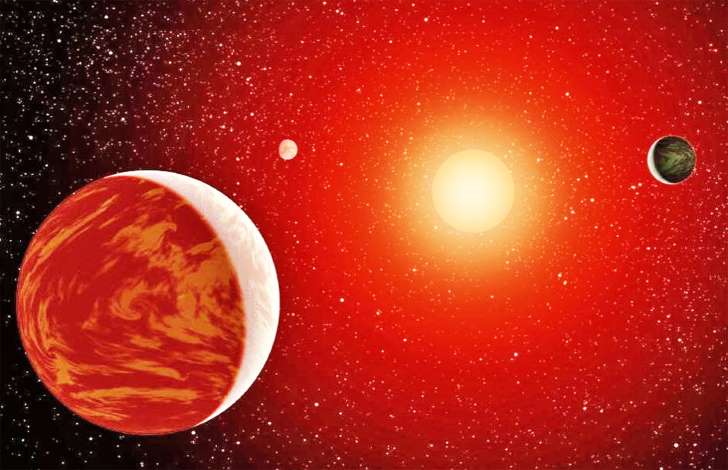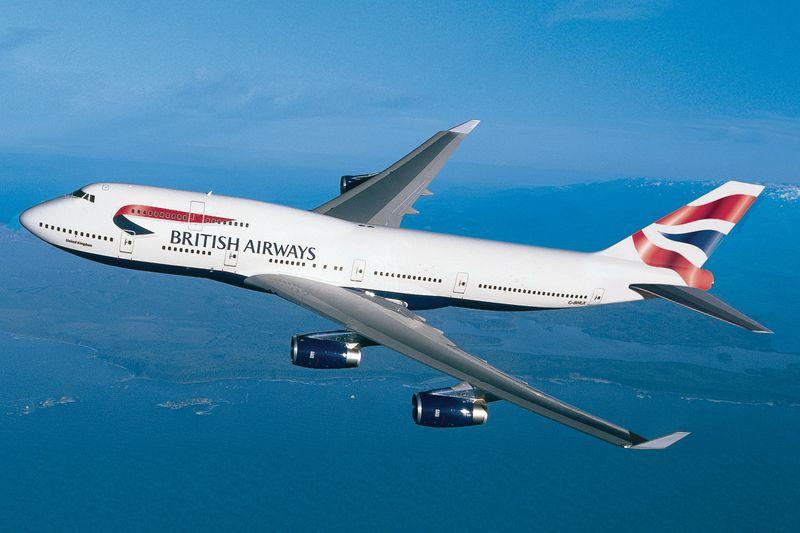December 16, 2015
Australian astronomers have discovered the closest potentially habitable planet found outside our solar system so far — a super-Earth located just 14 light years away. The planet, reported in the Astrophysical Journal Letters, is one of three detected orbiting a small red dwarf star called Wolf 1061 in the constellation Ophiuchus.

December 16, 2015
Australian astronomers have discovered the closest potentially habitable planet found outside our solar system so far — a super-Earth located just 14 light years away. The planet, reported in the Astrophysical Journal Letters, is one of three detected orbiting a small red dwarf star called Wolf 1061 in the constellation Ophiuchus.

© NASA / JPL-Caltech Artist's impression of exoplanets orbiting a spectral type M class red dwarf star
"The middle planet Wolf 1061c, is orbiting within the so-called 'Goldilocks zone' — the habitable zone where it might be possible for liquid water and maybe even life to exist," said the study's lead author Dr Duncan Wright of the University of New South Wales.
"This discovery is especially exciting because the star is extremely calm. Most red dwarfs are very active, giving out X-ray bursts and super flares which spells doom for any life, given the habitable zone is so close into these stars."
Calm, quiet, stable stars may be an important requirement for life to survive on an orbiting planet.
"After looking at several thousand planetary candidates we found that our Sun is a particularly quiet star, even quieter than your average Sun-like star," said Dr Wright. "And the same is true for Wolf 1061, which is a particularly quiet star and is probably indicative that it's a very old system."
Wolf 1061 is about a quarter the mass of the Sun with a surface temperature of about 3,100 degrees Celsius — just over half that of the Sun.
The three newly detected planets are all thought to be rocky terrestrial worlds.
'A near neighbour could host a habitable planet'
The nearest planet orbits the star every five days and is about 1.4 times the mass of the Earth. The middle planet — which is in the star's habitable zone — is about 4.3 times the Earth's mass and takes 18 days to complete each orbit. The third planet is just beyond the habitable zone, taking 67 days to complete each orbit and is 5.2 times the mass of the Earth.
"It is fascinating to look out at the vastness of space and think a star so very close to us — a near neighbor — could host a habitable planet," said Dr Wright.
Dr. Wright and colleagues detected the planets using the so called "wobble method".
The team used the HARPS spectrograph on the European Southern Observatory's 3.6-metre telescope at La Silla in Chile to observe the star's movement. "We actually see the entire star wobbling back and forth due to the gravitational tug of the planets as they orbit around the star," said Dr Wright.
Dr. Wright predicted astronomers would discover many more habitable zone planets orbiting around red dwarf stars in the near future.
"There are 100 billion stars in the Milky Way, at least half are red dwarfs, and we now know from the planet-hunting Kepler Space Telescope that about half of those red dwarfs have multiple rocky planetary systems around them," said Dr Wright.
"That means were talking about literally billions of planets. While we won't detect all of them, we will get a window into a small fraction of them in the near future and that's going to be very exciting," he said.
Courtesy: ABC News







































































































